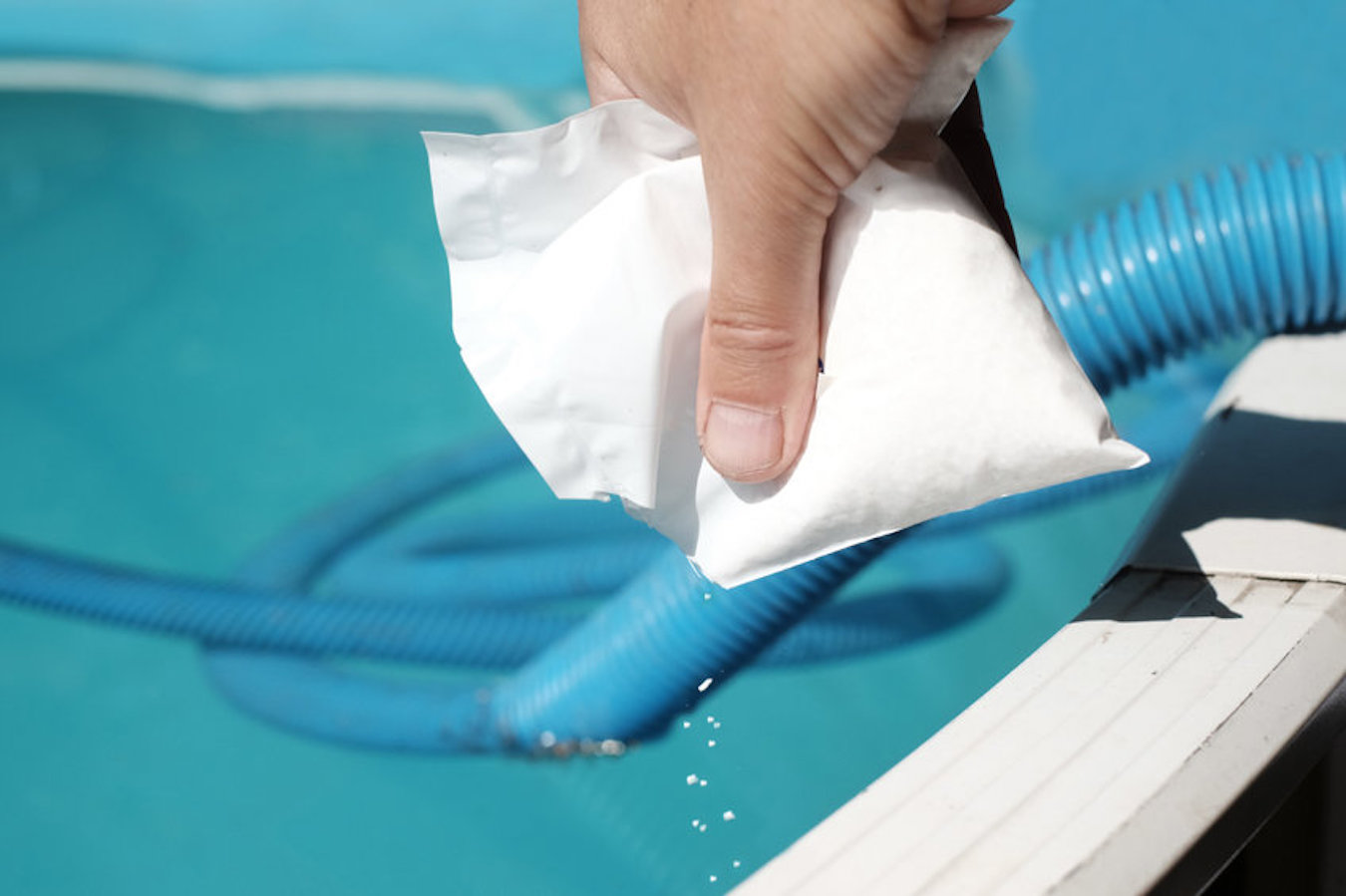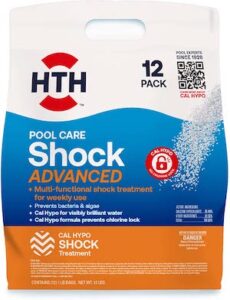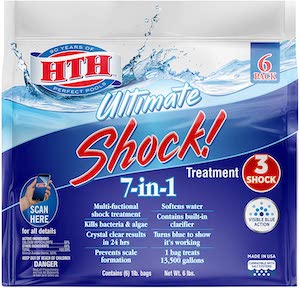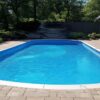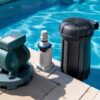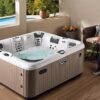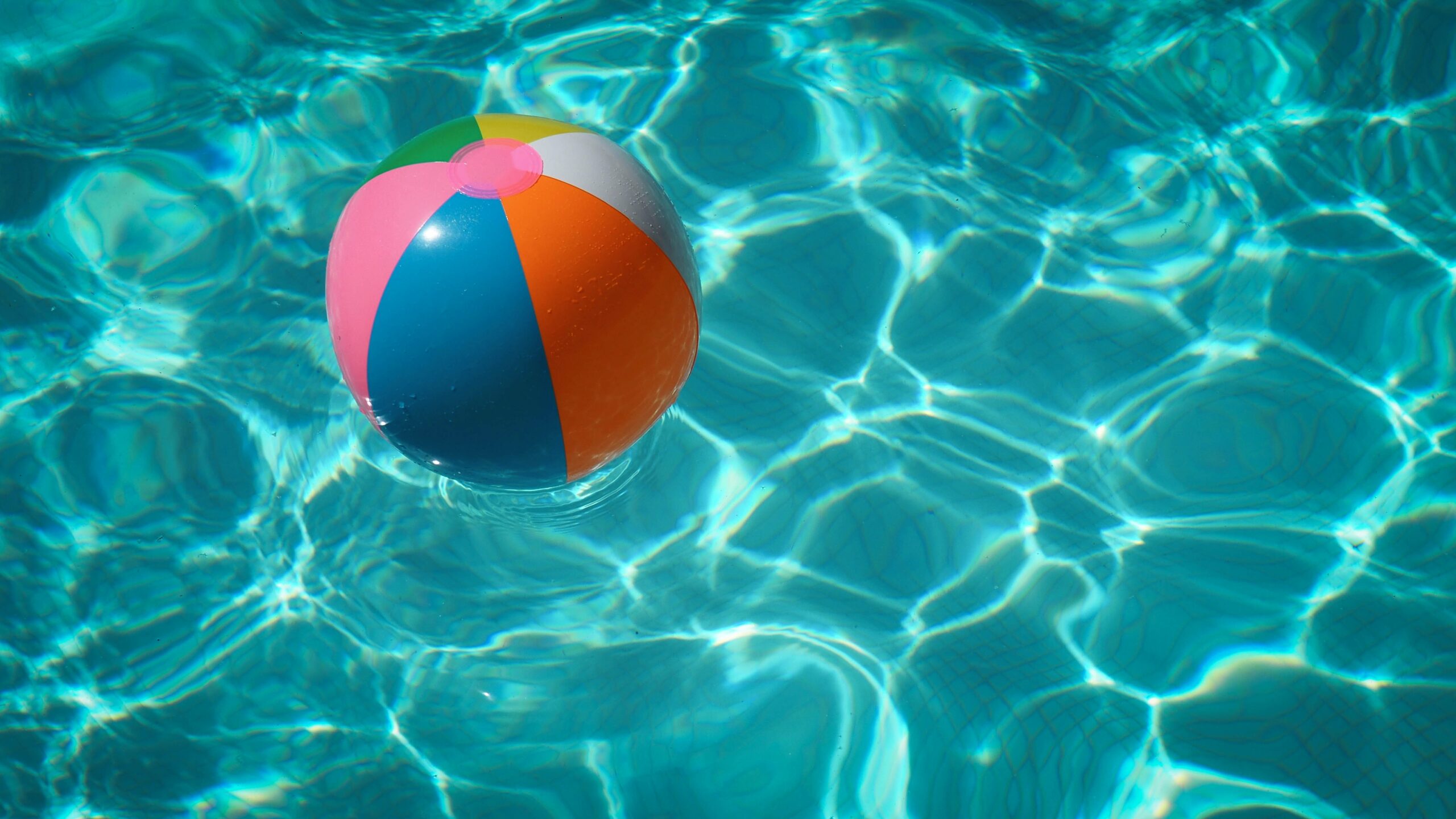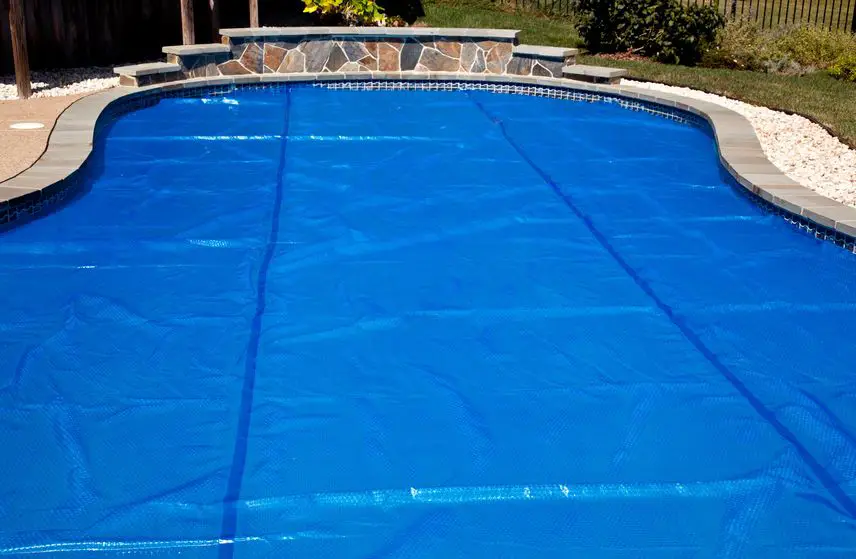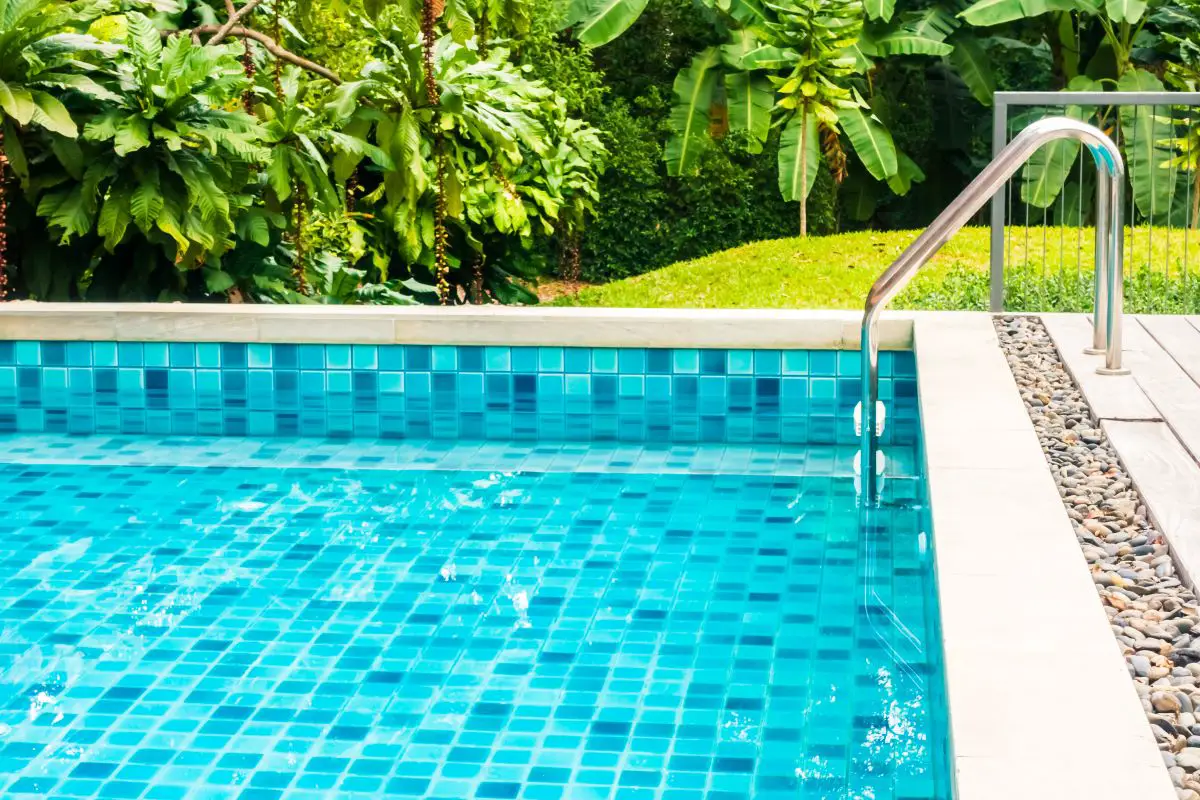What You Need to Know About Shocking an Above Ground Pool
There are not many things better than having an above ground swimming pool in your backyard. However, swimming pool owners will be quick to tell you that they definitely come with their fair share of maintenance! One of the maintenance tasks that must be done regularly is pool shocking.
So, how do you shock a pool effectively? The most effective way to shock an above ground pool is to use chlorine granules as they instantly release free chlorine into contact with organic material. This is unlike other methods which might take time to produce results due to lags in chemical reactions. The granules dissolve quickly, and they completely work against everything from leaves and grasses all the way up through pollen that drifts onto your surface water as well!
Keep reading to learn more about this important aspect of above ground swimming pool maintenance including reasons why this is so crucial to the condition of your pool water.
What is Pool Shocking?
Pool shocking is a treatment that uses a high dose of chlorinated water for a short period of time. It’s like blowing up and releasing a balloon, but with the pool instead. The pressure in the pool suddenly increases because there is no way to escape without first letting out some air from inside it- after this happens, you end up with only a very thin layer left behind once all has escaped. This effect lasts as long as there isn’t any more chlorine in the solution though.
5 Reasons Why You Should Shock Your Pool
- Shock your pool to rid the water of contaminant bacteria and algae spores.
- Algae blooms feed on nitrates from fertilizers, fish waste, etc. A shock treatment will remove nitrogen but also destroys free-floating algae spores and bacteria in solution.
- If you have algae bloom that requires a lot of work to control, shocking your pool can help provide the necessary nutrients to make your water polisher’s or cleaning crew’s job easier with fewer additives needed and less time spent scrubbing.
- Shocking your pool will help control unpleasant odors in the water and provide a more enjoyable swimming experience. Chlorine shock treatments will help eliminate chloramines, which can produce offensive chemical odors when combined with urine or other organic compounds that are present in the water from the continual use of chlorine-based sanitizers.
- Chlorine shock treatments will help remove unsightly stains from the walls and floors of your pool.
How Often Should You Shock a Pool?
The time between pool shocking treatments will depend on several factors:
- How many people use the pool.
- How well you follow the pool maintenance schedule.
- Do you have pets in the pool? Pets shed slime and create hair mats on your filter that provide an ideal environment for bacteria to grow on.
When Is The Best Time To Shock a Pool?
You don’t want to put the shock in the pool right after it’s been filtered because the amount of chlorine that goes into the solution is reduced quite a bit. You also don’t want to put the shock in the pool near your filter, because the chlorine will go straight through the filter and into the pool without being used up cleaning bacteria.
Keeping these points in mind, here are some good times to shock your pool:
- Any time you’re not going to use the pool for at least two hours.
- If it’s hot outside, you can do a very light shock treatment on your way out in the morning, and then do a full one once you are home from work. The sun will have had plenty of time to work on the water during the day.
- If you have pets, it’s a good idea to shock your pool once a week even if they’re out of the pool most of your maintenance time.
A good rule of thumb for pool shocking is once a week when you begin following a maintenance schedule, and then start adjusting the frequency depending on how well you’re following it. When you notice that chlorine levels are dropping faster than they should, or if the water’s not as clear as it used to be, remember this is usually due to overcrowding in the pool so shock it once a week.
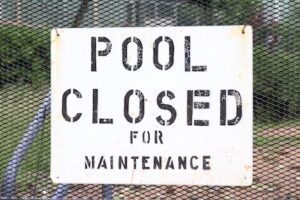
Shocking Your Pool During Pool Maintenance
You can also put the shock in the pool before doing any maintenance on the pool if you don’t plan to use the chlorine generator for a few days. This won’t take care of everything, but it will significantly reduce the population of bacteria in your pool. Just make sure that you finish all the other maintenance first and wait at least two hours before shocking the pool.
The larger the pool, the more frequently you’ll have to shock it. Fewer times per week is better than more times. How many times per week also depends on how much chlorine you put into it and whether or not you’re using a chlorine generator. If your swimming pool is small, then once a week is fine.
The perfect time to shock the pool is when the temperature of the swimming pool air is between 70-80 degrees F. This is best because your chlorine will break down faster and more effectively. It only takes about 15 minutes to shock a swimming pool.
How To Shock Your In Ground Chlorine Pool
Shock your swimming pool the same way you would add any other pool chemical to your water:
- Add the recommended amount of shock into a bucket (when using liquid chlorine, use about 1 liter for every 10,000 liters of water in your pool).
- Hook up a garden hose to one end of the skimmer and dump the contents of the bucket into it.
- Run the hose through one of your filter’s baskets for a few minutes to get most of the chlorine out and then dump that water in the pool. Turn off the valve on your skimmer once you’ve emptied most of the water from it, but not all (leave just enough so that there will be some water moving through the skimmer).
- Turn on your pump to get the water circulating and dump the remaining chlorine water in your pool.
- Let it sit for 15 minutes and then turn off your pump again, remove the hose from your skimmer, and start filtering with your automatic pool cleaner.
Then test your water:
| pH level 6.5+ | POOL IS SAFE TO SWIM! |
| pH level Below 6.0 | Repeat the First Step Above until your pH reads 6.0 or higher again! |
| pH level 6.0 – 6.5 | Add 1/2 gallon of water conditioner and wait 4 hours. Test pH level in your pool again. |
Remember, it’s best to test your pH after waiting 4 hours for the shock to work.
How To Shock Your Above Ground Saltwater Swimming Pool
In addition to chlorine, a saltwater pool will need the following:
- Chlorine tablets or sticks can be used to raise chlorine levels in a saltwater pool by simply putting them into the skimmer box. Approximately one tablet or stick is needed for every 10,000 gallons of pool water.
- pH increaser and decreaser are also used in saltwater swimming pools to adjust the pH depending on whether you need to raise or lower it. The pH levels should be tested weekly using a test kit.
- Sodium bicarbonate (soda ash). This is used to raise pH levels in a swimming pool. The soda ash should be put into the skimmer canister after the water has been circulated for half an hour. Then it is very important to test the pH levels every day for the next three days to make sure it stays at 7.3 or higher. This needs to be done because chlorine can react with the soda ash and other contaminants in a way that lowers pH levels.
- Muriatic acid: this chemical should only be used if there are persistent algae problems. Use the acid as recommended by the manufacturer. It needs to be added directly to the pool and not mixed in a bucket first. The acid will lower pH levels over time and this is why it should only be used with caution.
DIY Pool Shock
This easy DIY Pool Shock is very effective and you’ll save lots of money!
Ingredients:
1/2 cup baking soda 2 cups salt 1 cup vinegar Mix it all in a bucket. Store in an air-tight container or jar. To Use: Next time you use chlorine for regular care, add 3 tablespoons of this mixture instead of the usual amount (to make up for lost shock). To store extra DIY Pool Shock, add a little bit of water and seal with the lid tightly. You can keep it as long as no clouding or mold is growing.
NOTE: If you use this DIY Pool Shock during the winter, add a little less. The salt has to be more concentrated in colder weather. Also do not use bleach as it causes fumes when mixed with baking soda and vinegar. (DIY Pool Shock is perfect for those who get their water from wells!)
Tips: When you’re putting your swimming pool away for the winter, it’s always a good idea to shock your swimming pool first by dumping 1/2 cup of chlorine granules into the skimmer box and super chlorinate by adding 2 gallons of chlorine. Let sit 24 hours before draining water. This will prevent ‘pool smell’ in spring!
WARNINGS: Do NOT mix bleach with any other chemicals!
Bacteria Prevention
To prevent bacteria from growing you should take out the slime line every 2 weeks by cleaning it. This is very important to do! It only takes about 5 minutes. Follow these steps:
Turn off the pump and skimmer for 15 minutes, this will allow the water level in the swimming pool to lower. Clean out the slime line with a little brush that they sell at your local pool store. Pour some bleach into the skimmer box (a normal amount). This is called “super chlorinating”. Wait 4 hours for the shock to work, then test your water:
- *pH level 6.5+ = POOL IS SAFE TO SWIM!
- *pH Below 6.0 = Repeat the First Step Above until your pH reads 6.0 or higher again.
Pool Conditioning
There is also a way to condition your swimming pool so it notifies you when the chlorine level is low. This only takes about 15 minutes to do. Follow these steps:
- Place 8 ounces of conditioner in a bucket.
- Add warm water from the swimming pool, use only what you need for the bucket. Stir the conditioner into the water (it will foam up!).
- Pour this mixture into your skimmer box and close it tight! Wait 4 hours for the shock to work, then test your water:
- *pH 6.5+ = POOL IS SAFE TO SWIM!
- *pH Below 6.0 = Repeat the First Step Above until your pH reads 6.0 or higher again!
Remember These Tips:
- Turn off the pump and skimmer for 15 minutes, this will allow the water level in the swimming pool to lower.
- Open the filter system (or close the valve) during this time so it does not suck up your shock.
- It is best to clean the filter and skimmer basket every 2 weeks; this will help prevent bacteria from growing in it!
- Always use a water conditioner when filtering an ionizer because the ionizer can remove calcium from the water, leaving no mineral for chlorine to chemically bond with! You want as much calcium left in your pool as possible!
- If you have algae growth or cloudy water, pour some bleach (a normal amount) in the skimmer box and super chlorinate overnight (12 hours), then add 1/2 – 3/4 cup of algaecide and wait 4-8 hours before testing again. If there is still too much bacteria, repeat these steps.
- ALWAYS test your pool water before entering it to make sure it is safe; you wouldn’t want any of your family to get sick from swimming in an unsafe pool. So have fun and be safe!

